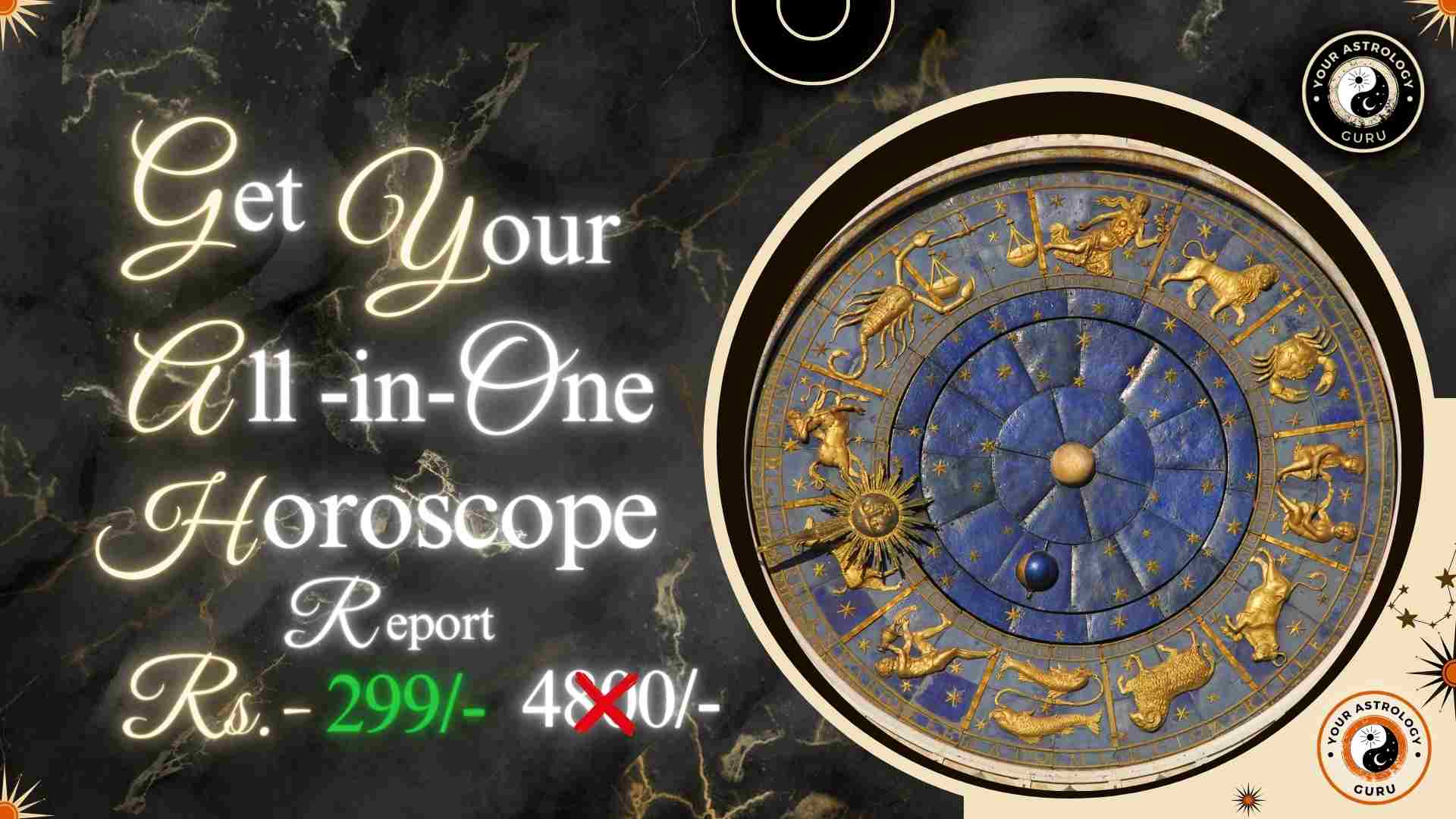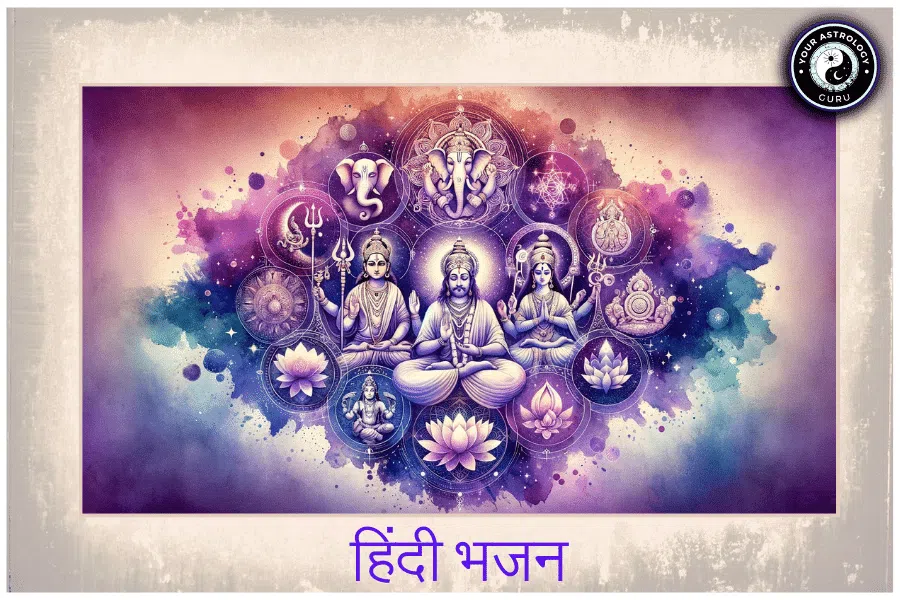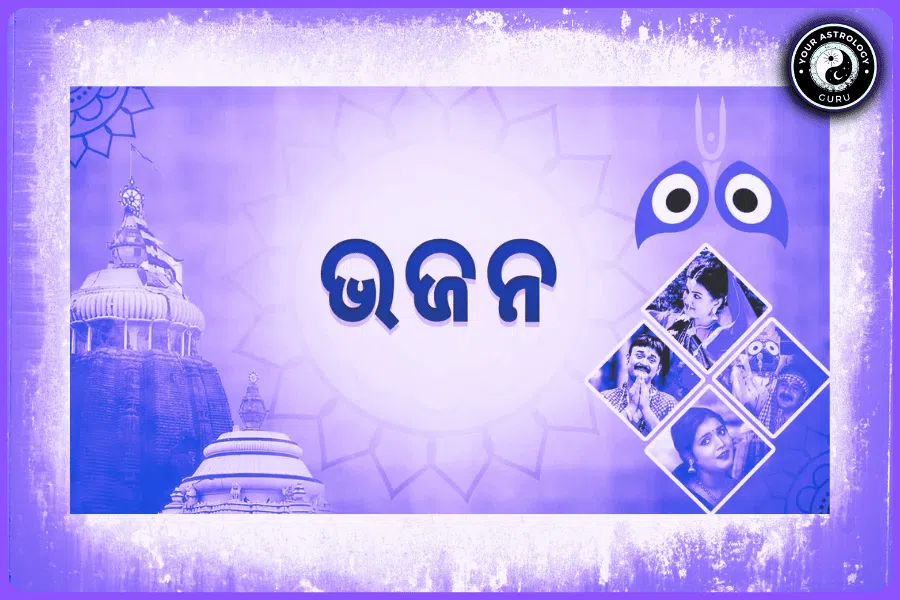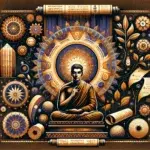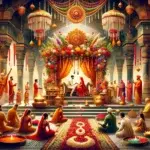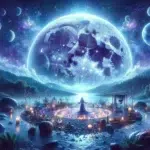The Mahabharat is one of the two major Sanskrit epics of ancient India, the other being the Ramayana. It is an epic narrative of the Kurukshetra War and the fates of the Kaurava and the Pandava princes. The Mahabharat is not just a story, but a vast and complex scripture that encompasses various aspects of life, including philosophy, morality, and spirituality. It is considered one of the most important texts in Hinduism and has had a profound influence on Indian culture.
The Mahabharat is believed to have been composed between 400 BCE and 400 CE, although its origins can be traced back to much earlier times. It consists of 18 books or parvas, with a total of over 200,000 verses. The epic tells the story of the conflict between two branches of the Kuru dynasty, the Kauravas and the Pandavas, who are cousins. The main narrative revolves around the struggle for power and righteousness between these two families.
In Hinduism, the Mahabharat holds great significance as it is considered a sacred scripture. It is often referred to as the “fifth Veda” due to its importance in religious teachings. The epic explores various philosophical concepts such as dharma (righteousness), karma (action and its consequences), and moksha (liberation from the cycle of birth and death). It also delves into complex moral dilemmas and ethical choices faced by its characters. The Mahabharat serves as a guide for Hindus on how to live a righteous life and fulfill their duties.
Table of Contents
The Characters of Mahabharat: Heroes and Villains
The Mahabharat is filled with a diverse cast of characters, each with their own unique qualities and flaws. The main characters include the Pandava brothers – Yudhishthira, Bhima, Arjuna, Nakula, and Sahadeva – and their cousins, the Kauravas, led by Duryodhana. Other important characters include Krishna, the divine incarnation of Lord Vishnu, and Draupadi, the wife of the Pandavas.
The Pandavas are portrayed as the heroes of the epic, representing righteousness and justice. Yudhishthira is known for his unwavering commitment to truth and dharma. Bhima is the strongest of the brothers and is known for his physical prowess. Arjuna is a skilled archer and warrior who is torn between his duty as a warrior and his moral dilemma of fighting against his own relatives. Nakula and Sahadeva are known for their loyalty and intelligence.
On the other hand, the Kauravas are depicted as the villains of the story. Duryodhana is the main antagonist, driven by jealousy and greed for power. He is supported by his brothers Dushasana and Shakuni, who manipulate events to ensure their victory over the Pandavas. The Kauravas are portrayed as morally corrupt and unjust.
The characters in the Mahabharat represent different moral and ethical values. The Pandavas embody virtues such as righteousness, loyalty, and humility. They are willing to sacrifice their own desires for the greater good. The Kauravas, on the other hand, represent vices such as greed, envy, and deceit. They are driven by their own selfish desires and are willing to go to any lengths to achieve their goals.
The Origins of the Mahabharat: Mythology and History
The origins of the Mahabharat can be traced back to both historical and mythological sources. Historically, it is believed to have been composed during a period of political and social upheaval in ancient India. The epic reflects the conflicts and power struggles that were prevalent during that time.
Mythologically, the Mahabharat is believed to be the result of divine inspiration. It is said to have been revealed to the sage Vyasa by the gods themselves. According to Hindu mythology, Vyasa was the son of Satyavati and the sage Parashara. He was a great scholar and is considered the author of many ancient texts, including the Mahabharat.
There are various theories about the origins of the Mahabharat. Some scholars believe that it was based on real historical events and characters, while others argue that it is purely a work of fiction. The epic is said to have been passed down orally for generations before being written down. Over time, it has been embellished with mythological elements and moral teachings.
The Battle of Kurukshetra: The Ultimate Showdown between Good and Evil
The Battle of Kurukshetra is the climax of the Mahabharat and is considered one of the most significant events in the epic. It is a war between the Pandavas and the Kauravas, fought on the battlefield of Kurukshetra. The battle lasts for 18 days and results in the death of millions of warriors.
The battle is not just a physical conflict, but also a metaphorical representation of the struggle between good and evil. It is a test of character and righteousness for both sides. The Pandavas fight for justice and to uphold dharma, while the Kauravas fight for power and personal gain.
The moral and ethical implications of the battle are complex. On one hand, it is seen as a necessary means to restore justice and righteousness. On the other hand, it raises questions about the use of violence and its consequences. The characters in the Mahabharat are faced with difficult choices and moral dilemmas throughout the battle, which have far-reaching consequences.
The Role of Dharma in Mahabharat: Righteousness and Justice
Dharma is a central theme in the Mahabharat and plays a crucial role in shaping the actions and decisions of its characters. Dharma can be loosely translated as righteousness or duty. It encompasses moral and ethical values that guide individuals in leading a virtuous life.
In the Mahabharat, dharma is portrayed as the ultimate goal and the guiding principle for all actions. The characters are constantly faced with choices that test their adherence to dharma. Yudhishthira, for example, is known for his unwavering commitment to truth, even in the face of adversity. Arjuna, on the other hand, is torn between his duty as a warrior and his moral dilemma of fighting against his own relatives.
The Mahabharat emphasizes the importance of dharma in maintaining order and justice in society. It teaches that individuals have a responsibility to uphold dharma and fulfill their duties towards their family, society, and the divine. The characters in the epic are judged based on their adherence to dharma and face the consequences of their actions.
The Lessons of Mahabharat: Morality and Ethics
The Mahabharat is filled with moral and ethical lessons that are relevant even today. It explores complex issues such as loyalty, duty, sacrifice, and the consequences of one’s actions. The characters in the epic are faced with difficult choices that test their moral compass.
One of the key lessons of the Mahabharat is the importance of truth and honesty. Yudhishthira’s commitment to truth, even at great personal cost, serves as an example of the importance of integrity. The epic also teaches the consequences of greed and envy through the downfall of the Kauravas.
Another important lesson of the Mahabharat is the concept of karma, or the law of cause and effect. The characters in the epic face the consequences of their actions, whether good or bad. The Mahabharat teaches that one’s actions have far-reaching consequences and that one must be mindful of their choices.
The Significance of Mahabharat in Hinduism: Religious and Spiritual Implications
The Mahabharat holds great religious and spiritual significance in Hinduism. It is considered a sacred scripture and is often referred to as the “fifth Veda.” The epic explores various philosophical concepts such as dharma, karma, and moksha, which are central to Hindu teachings.
Dharma, as discussed earlier, is a key concept in the Mahabharat. It is seen as the ultimate goal and the guiding principle for all actions. The epic teaches that individuals have a responsibility to uphold dharma and fulfill their duties towards their family, society, and the divine.
Karma is another important concept in the Mahabharat. It is the law of cause and effect, which states that every action has consequences. The characters in the epic face the consequences of their actions, whether good or bad. The Mahabharat teaches that one’s actions in this life determine their fate in future lives.
The Mahabharat also explores the concept of moksha, or liberation from the cycle of birth and death. It teaches that by living a righteous life and fulfilling one’s duties, one can attain moksha and be free from the cycle of reincarnation.
The Influence of Mahabharat on Indian Culture: Literature, Art, and Film
The Mahabharat has had a profound influence on Indian culture, particularly in the fields of literature, art, and film. It has inspired countless adaptations and interpretations over the centuries.
In literature, the Mahabharat has been the subject of numerous retellings and adaptations. It has been translated into various languages and has influenced the works of many Indian authors. The epic has also inspired other literary works, such as plays, poems, and novels.
In art, the Mahabharat has been a popular theme for paintings, sculptures, and other forms of visual art. It has inspired artists to depict the epic’s characters and scenes in various mediums. The Mahabharat’s themes of heroism, love, and sacrifice have been a rich source of inspiration for artists throughout history.
In film, the Mahabharat has been adapted into several movies and television series. These adaptations have brought the epic to a wider audience and have helped popularize its stories and characters. The Mahabharat’s themes of good vs. evil, loyalty, and justice have resonated with audiences across generations.
The Relevance of Mahabharat Today: Contemporary Interpretations and Adaptations
Despite being an ancient text, the Mahabharat remains relevant in contemporary times. Its themes of morality, ethics, and the struggle between good and evil continue to resonate with audiences today.
The Mahabharat has been interpreted and adapted in various ways to reflect modern sensibilities. Contemporary retellings of the epic often explore its characters and themes from different perspectives. These adaptations aim to make the Mahabharat more accessible to a wider audience and to highlight its timeless messages.
The Mahabharat’s lessons on morality and ethics are particularly relevant in today’s world. The epic raises important questions about the nature of good and evil, the consequences of one’s actions, and the importance of upholding justice. Its characters serve as moral compasses, guiding us in making ethical choices in our own lives.
The Controversies Surrounding Mahabharat: Interpretations and Criticisms
The Mahabharat is not without its controversies. Its complex narrative and moral dilemmas have led to different interpretations and criticisms over the years.
One of the main controversies surrounding the Mahabharat is the portrayal of its female characters. Critics argue that the epic is patriarchal in nature and that the female characters are often marginalized or portrayed negatively. However, others argue that the Mahabharat actually challenges traditional gender roles and highlights the strength and resilience of its female characters.
Another controversy surrounding the Mahabharat is its depiction of violence. The epic contains graphic descriptions of war and violence, which some critics argue glorify warfare. However, others argue that the violence in the Mahabharat serves as a cautionary tale, highlighting the destructive consequences of war.
Interpretations of the Mahabharat also vary depending on one’s religious or philosophical beliefs. Some interpret it as a historical account, while others see it as a purely mythological story. The epic’s moral teachings and ethical dilemmas have also been subject to different interpretations.
Mahabharat as a Timeless Tale of Human Nature and the Struggle for Goodness
In conclusion, the Mahabharat is a timeless tale of good vs. evil, filled with complex characters and moral dilemmas. It holds great significance in Hinduism and Indian culture, serving as a guide for righteous living and a source of inspiration for literature, art, and film.
The Mahabharat’s characters embody different moral and ethical values, representing virtues such as righteousness, loyalty, and humility, as well as vices such as greed, envy, and deceit. The epic explores the consequences of one’s actions and emphasizes the importance of upholding dharma.
The Mahabharat’s religious and spiritual implications are reflected in its exploration of concepts such as dharma, karma, and moksha. It teaches that individuals have a responsibility to live a righteous life and fulfill their duties towards their family, society, and the divine.
Despite being an ancient text, the Mahabharat remains relevant in contemporary times. Its themes of morality, ethics, and the struggle between good and evil continue to resonate with audiences today. The epic’s enduring relevance and importance lie in its exploration of human nature and the eternal struggle for goodness.





